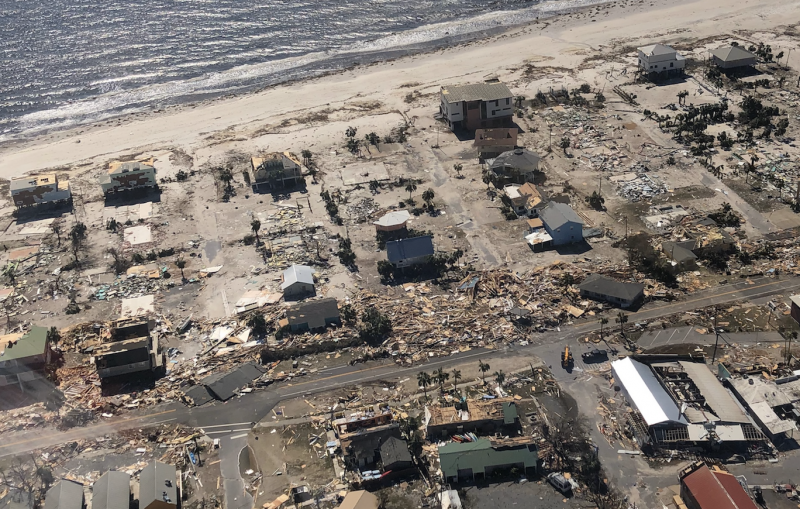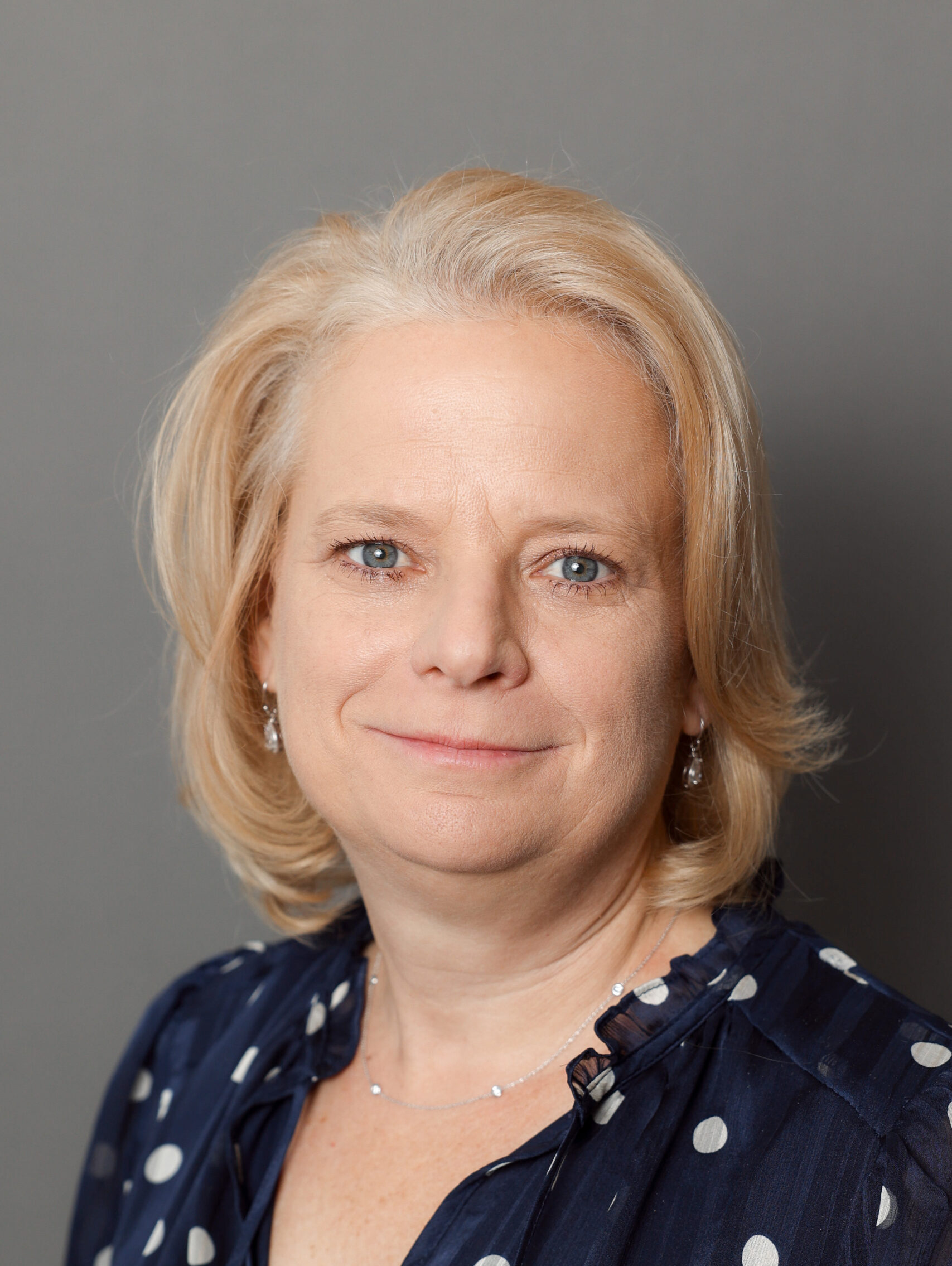Here’s how we can make a difference before disaster strikes

This post was originally published in the Sarasota Herald-Tribune.
When it comes to hurricanes, Floridians are old hands.
They are well aware of the season’s rhythm between the months of June and November, a period that brings colored maps of projected trajectories and jokes about hoping that Jim Cantore won’t show up in their town.
Florida knows too well the destruction that a hurricane can bring to individuals, families and communities. And the devastation caused by a natural hazard can often be aggravated by other existing factors.
Over the past several years, the National Oceanic and Atmospheric Administration has released forecasts of above-average hurricane activity, and it has also highlighted concerns over the possible severity of storms.
But you do not need to wait for landfall to occur to start exploring how you can help those who may be impacted during the 2022 hurricane season. Share on X
At the Center for Disaster Philanthropy, which I lead, we often remark that every philanthropist is a disaster philanthropist. This adage is based on a firm belief that if you are working with a community to decrease its vulnerabilities, whatever they may be, then you are reducing the risks when an actual problem arrives on the doorstep.
A disaster is not the event or hazard itself; a disaster is when that event or hazard meets vulnerabilities. For many, these vulnerabilities result from the power dynamics – including historical hierarchies and societal or economic inequalities – that prevent an individual, community or population group from exercising their fundamental rights and accessing resources.
One of philanthropy’s aims is to improve the welfare of humanity by preventing and solving social and economic problems. And, too often, those with resources believe that we know best how to help others; that the ethos that guides our empathy is expertise enough.
For example, after a hurricane we may think that simply meeting immediate needs – such as providing hot meals and evacuation sites – is a sufficient step. However, if we listen to those in the affected community, their advice may be to invest in other ways.
While meeting immediate needs is always necessary and appreciated, philanthropy is well-placed to assist with less-visible but critical longer-term recovery needs. Share on X
These can include:
- Providing support to navigate the Federal Emergency Management Agency’s complex disaster care system.
- Offering flexible economic assistance to help a family speed up recovering from a disaster.
As donors, we must recognize that the remedy to a disaster can be more complex than its cause. In fact, the pandemic revealed this reality in the harshest terms, with both the disaster and the recovery posing very different challenges for all of us.
In advance of a disaster, you can encourage the nonprofits you support to reinforce their relationships with the communities they serve. For example, you can ask if they design programs that strengthen the dignity of individuals, and give people some input in the decisions that are made.
You can also directly support these organizations by ensuring they have the necessary funds to be nimble enough to take care of their staff members; after all, these staffers are the very people who care for others.
I hope that a hurricane doesn’t make landfall this season. But if it does, remember to find ways to listen to the people who are most affected by the disaster – and then make sure they are involved in the solutions.
Serving humanity is a noble cause, but it is one that is best accompanied with humility.
